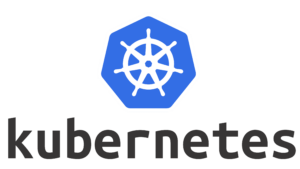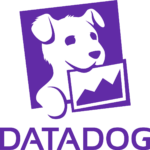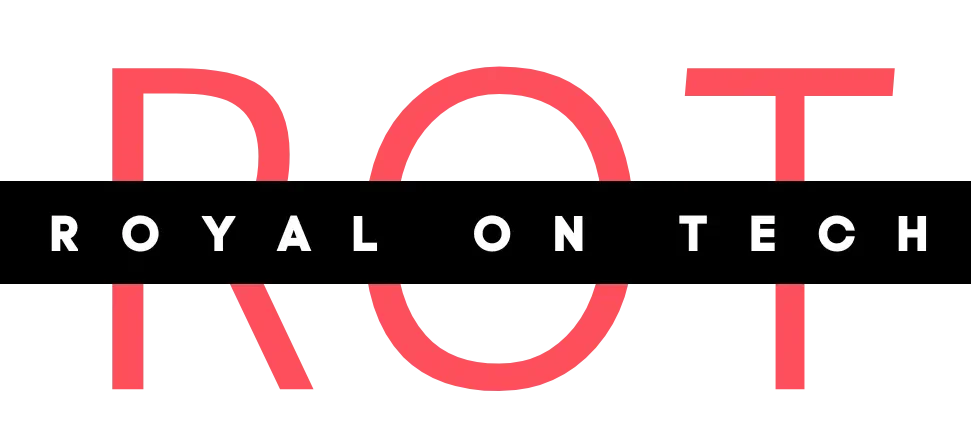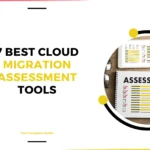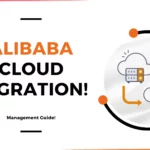For More Info!
The Complete Guide to Lift & Shift Cloud Migration: Benefits and Strategies
learn more: https://aws.amazon.com/application-migration-service/
https://bluexp.netapp.com/blog/cloud-migration-tools-transferring-your-data-with-ease
https://bluexp.netapp.com/blog/aws-cvo-blg-strategies-for-aws-migration-the-new-7th-r-explained
write on cloud tools cost optimizations
https://www.pluralsight.com/resources/blog/cloud/the-lift-and-shift-shot-clock-cloud-migration
https://www.pluralsight.com/resources/blog/cloud/the-lift-and-shift-shot-clock-cloud-migration
https://www.pluralsight.com/resources/blog/leadership/what-is-lift-and-shift-cloud-migration
https://www.linkedin.com/pulse/lift-shift-worthy-consideration-when-moving-sap-cloud-sreenivas-kurup
https://bluexp.netapp.com/blog/what-is-a-lift-and-shift-cloud-migration
Table of Contents
Migrating workloads to cloud services can transform an enterprise’s IT landscape, leveraging cloud scalability and agility while shifting from CAPEX to OPEX. There are multiple cloud migration strategies available.
One cost-effective method is the “Lift & Shift” approach, where existing workloads are moved to cloud-native resources without significant modifications.
In this guide explores the Lift & Shift cloud migration approach, detailing its business benefits, planning, execution, security considerations, and operational aspects, along with the role of ROT Cloud Volumes in facilitating the process.
Benefits of the Lift-and-Shift Approach in Migration
The lift and shift cloud migration approach offers several key benefits:
Identity Services Migration
On-premises identity services such as Active Directory can migrate alongside applications to the cloud.
.
Minimal Application Changes
No need for application-level modifications; applications are rehosted as-is on the cloud.
.
.
Specialized Workloads
Specialized hardware (e.g., GPUs or HPC) can be seamlessly moved to specialized VMs in the cloud, retaining their capabilities
Security and Compliance
Access to services, data, driving digital transformation, enhancing user, employee experiences.
.
.
.
Consistent Architecture
Architecture constructs post-migration, ensuring continuity in business processes, monitoring, management interfaces.
Understanding Cloud Migration
Organizations undergoing digital transformations are looking for avenues to modernize, innovate, and adapt their application landscapes to the latest technology available on the big public cloud platforms, such as AWS, Azure, and Google Cloud Platform.
Drivers and Implementation Methods in Business

The key business drivers that trigger discussions on migrating workloads to cloud are:
- Innovation: Shifting focus from underlying infrastructure and platforms to application innovation.
- Scalability: Unmatched availability, scalability, and agility of cloud resources compared to on-premises deployments.
- Cost-efficiency: On-demand usage pattern and pay-as-you-go cost management offered by cloud, converting large CAPEX to smaller OPEX.
- Modernization: Alternative solutions to replace end-of-life hardware/software.
- Hybridization: Need for hybrid architecture to leverage services unavailable on-premises.
- Security: Effective compliance and security management.
Cloud Migration Models: IaaS, PaaS, and SaaS
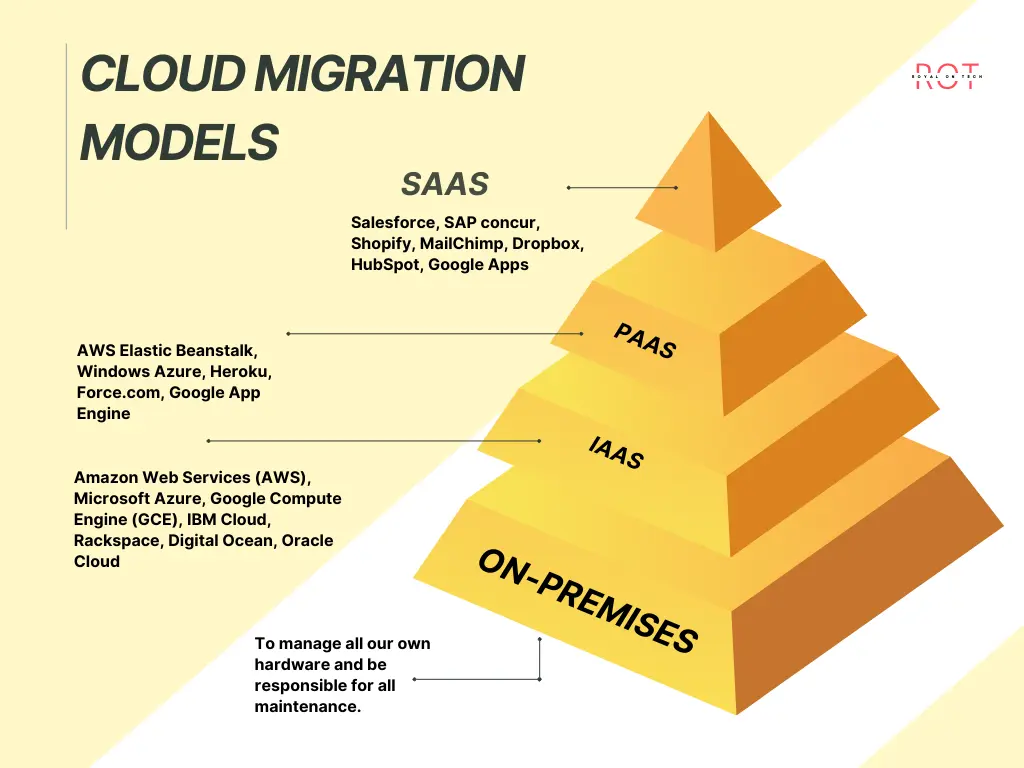
Let’s take a closer look at each of these migration methods.
IaaS (rehost, replatform)
Moving applications to Infrastructure-as-a-Service (IaaS) involves transferring them from on-premises to a cloud provider’s infrastructure. This method, often via “lift and shift,” requires minimal architectural changes.
PaaS (refactor, rebuild)
Platform-as-a-Service (PaaS) requires significant application refactoring or rebuilding to align with cloud-provider platforms. This includes code rewriting, library updates, and modifying deployment pipelines.
SaaS (replace)
Software-as-a-Service (SaaS) replaces parts of existing workloads with third-party services, requiring architectural adjustments, new interfaces, and data migration considerations.
The quickest way to migrate applications to the cloud is often through IaaS with a lift and shift approach. Explore the benefits and considerations of this method for your application.
Lift and Shift Migration Explained
The lift and shift migration approach involves moving applications and data to the cloud with minimal changes.
Applications are transferred as-is from their current environment to new cloud hosting without significant alterations to architecture, data flow, or authentication methods.
Considerations include matching compute, storage, and network needs from on-premises to cloud resources, optimizing costs by aligning resources and utilizing scalable upgrades for flexibility and maximum ROI.
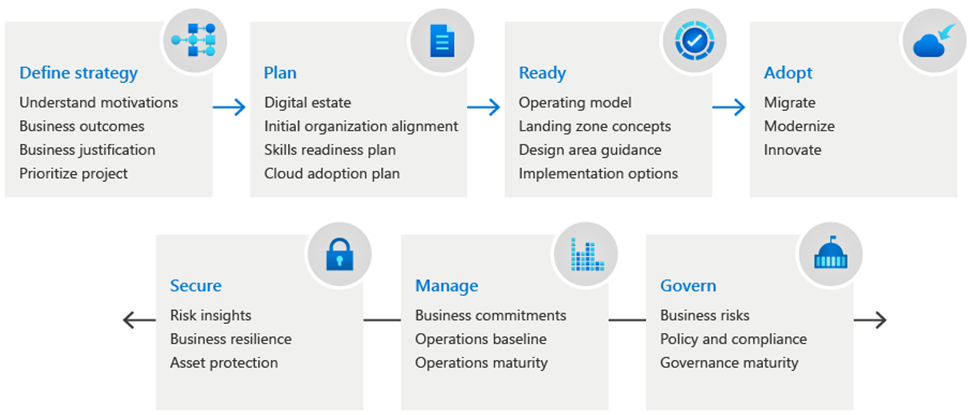
Choosing a Cloud Migration Approach
When selecting a cloud migration approach, drivers include minimizing disruption, ensuring application compatibility, managing risks, optimizing ROI, and meeting performance and high availability (HA) requirements.
Consider how components interact within the application architecture across interfaces to guide your approach.
Lift and Shift vs. PaaS Migrations
PaaS migrations involve significant application refactoring to fit the provider’s platform, possibly requiring architectural changes.
In contrast, lift and shift data center migration is straightforward and proceeds after analyzing cloud infrastructure support.
Lift and Shift vs. SaaS Migrations
Moving to SaaS involves transitioning application experiences, requiring reconsideration of access controls, data management, and security to align with SaaS structures.
Lift and shift preserves the original application experience and often maintains existing authentication and security mechanisms used on-premises.
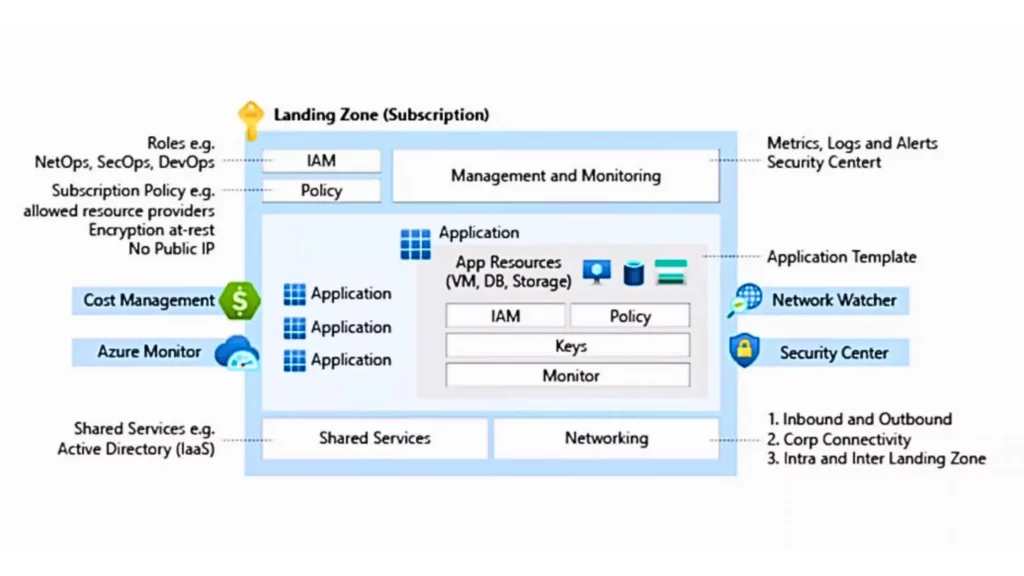
3.1
Foundational Landing Zone
- Foundational Landing Zones provide a baseline environment with essential components for organizations new to Azure or starting their cloud journey. It focuses on establishing core infrastructure elements such as networking, identity, security, and management services.
Use Case
Ideal for organizations beginning their cloud adoption journey or those looking for a standardized, secure, and scalable environment to deploy workloads and applications in Azure.
- Features:
- Core networking setup (virtual networks, subnets)
- Basic identity and access management (Azure Active Directory)
- Fundamental security controls (network security groups, encryption)
- Basic resource management (provisioning, monitoring)

5.1
Deploying Landing Zones Using the Azure Portal
Deploying Landing Zones using the Azure Portal involves manually configuring and provisioning resources within Azure to establish the foundational infrastructure environment.
While this method may not be as automated or scalable as using Infrastructure as Code (IaC) tools like Azure Resource Manager (ARM) templates or Terraform, it provides a straightforward approach for smaller deployments or for those who prefer a more hands-on approach.
Here’s a general overview of the process:
1 - Prepare
Before you begin deploying resources in the Azure Portal, it's essential to have a clear understanding of your organization's requirements, including networking, identity, security, and compliance needs. Ensure that you have the necessary permissions and access to create resources within your Azure subscription.
2 - Sign in to the Azure Portal
Log in to the Azure Portal using your Azure account credentials.
3 - Create Resource Groups
Resource groups are logical containers that hold related Azure resources. Create one or more resource groups to organize the resources for your Landing Zone deployment. Navigate to "Resource groups" in the Azure Portal and click "Add" to create a new resource group.
4 - Deploy Networking Resources
Configure networking resources such as virtual networks (VNets), subnets, and network security groups (NSGs) to establish the network infrastructure for your Landing Zone. Navigate to "Virtual networks" in the Azure Portal to create a new VNet and associated subnets.
5 - Set Up Identity and Access Management (IAM)
Configure Azure Active Directory (AAD) for identity management, including user accounts, groups, and roles. Assign appropriate permissions and access controls to users and groups based on their roles within the organization. Navigate to "Azure Active Directory" in the Azure Portal to manage users, groups, and roles.
6 - Enable Security Controls
Implement security controls such as encryption, threat detection, and monitoring solutions to protect resources and data within your Landing Zone. Configure security settings for virtual machines, storage accounts, and other Azure services to ensure compliance with security best practices.
7 - Deploy Core Services
Deploy core services such as Azure Policy, Azure Monitor, and Azure Security Center to enforce governance, monitoring, and security controls across your Landing Zone. Navigate to the respective services in the Azure Portal to configure and enable these features.
8 - Monitor and Manage
Once your Landing Zone resources are deployed, monitor and manage them regularly to ensure they are functioning as expected. Use Azure Monitor and Azure Security Center to monitor resource performance, detect security threats, and remediate issues as needed.
Note
While deploying Landing Zones using the Azure Portal offers a more manual approach compared to using IaC tools, it provides flexibility and control over the configuration and provisioning of resources within your Azure environment.
Selecting Tools for Effective Lift-and-Shift Migration
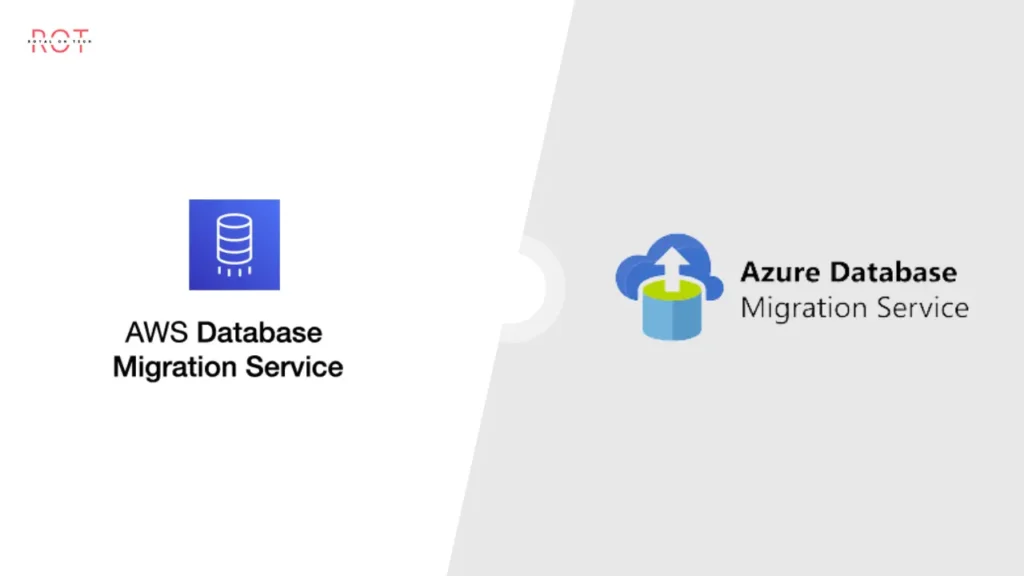
Effective tools, technologies, and processes are crucial for ensuring a smooth lift and shift migration of applications. Minimizing downtime and utilizing backup replication or snapshot technologies are recommended practices.
For data migration, major cloud providers offer cloud-native tools such as AWS Database Migration Service and Azure Database Migration.
Alternative Approaches to Cloud Migration

The industry categorizes various approaches to migrating legacy applications to the cloud under “The 6 Rs of Cloud Migration.”
This framework helps organizations assess and decide how each application should be migrated, considering factors such as legacy status and strategic priorities.
It’s a practical approach as most companies adopt a phased migration strategy rather than moving all applications simultaneously.
The 6 Rs of Cloud Migration
- Rehosting (lift and shift): Moving applications to the cloud with minimal changes.
- Replatforming: Making minor adjustments to application architecture for cloud compatibility.
- Re-purchasing: Adopting third-party or SaaS solutions due to feature decay or cost issues.
- Refactoring (Rearchitecting): Rewriting parts of an application to optimize for scale or speed.
- Retire: Removing legacy applications in favor of new, agile solutions.
- Retain: Delaying migration based on current business priorities, revisiting migration later.
Migrating Data to the Cloud with ROT
RoyalOnTech also known as ROT provides a proven method for enterprise workload migration to the cloud. It operates on AWS and Azure storage platforms, enabling seamless extension of data centers to the cloud and migration of workloads using consistent tools and processes.
Data Migration with ROT
- Cloud Sync: Transfers files from on-premises NFS/CIFS file shares to cloud storage.
- Snapshots/AMI’s: Replicates data from on-premises storage to Cloud Volumes on AWS or Azure, managed via the Cloud Manager interface.
Advanced Data Management Capabilities
- Automated Sync: Ensures data synchronization.
- Data Protection: Utilizes efficient snapshots for backup.
- Rapid Clone Creation: Facilitated by AWS Fsx or Azure files.
- Storage Efficiency: Includes deduplication, compression, and automated tiering.
- High Availability: Non-disruptive failover, failback, and update processes ensure continuous application accessibility during failures.
Final Thoughts
Cloud migration enables organizations to modernize IT infrastructure, scale efficiently, and optimize costs with AWS, Azure, and Google Cloud. The “6 Rs of Cloud Migration” framework guides decisions for rehosting, replatforming, repurchasing, refactoring, retiring, or retaining applications based on business goals.
Streamline migration tools with data synchronization, backup, and high availability, enhancing efficiency and reducing costs.
A strategic approach and robust tools empower businesses to leverage cloud computing for innovation, scalability, and sustained growth.
FAQs
What is a lift and shift migration strategy?
A lift and shift (or rehosting) migration strategy involves moving existing applications and data to the cloud infrastructure without redesigning or modifying them significantly.
What are the best use cases for a lift and shift migration?
Lift and shift is ideal for legacy applications where the goal is to quickly migrate to the cloud without extensive changes. It offers rapid deployment and immediate benefits like scalability and cost-efficiency through pay-as-you-go models.
What are the disadvantages of a lift and shift strategy?
While lift and shift allows for quick migration, it may lead to increased operational costs (OpEx) compared to traditional capital expenses (CapEx). Additionally, it doesn’t fully leverage the cloud’s potential for optimization and innovation without subsequent optimizations.
What are the 6 Rs of Cloud Migration?
The “6 Rs of Cloud Migration” categorize approaches to migrating legacy applications:
- Rehosting: Moving applications as-is to the cloud.
- Replatforming: Making minor adjustments for better cloud compatibility.
- Re-purchasing: Transitioning to SaaS solutions due to cost or functionality benefits.
- Refactoring: Restructuring applications for cloud-native benefits.
- Retire: Phasing out applications that are no longer useful or efficient.
- Retain: Delaying migration of certain applications based on strategic priorities.
How does lift and shift differ from other cloud migration strategies?
Lift and shift focuses on migrating applications quickly with minimal changes, making it suitable for applications that don’t require cloud-native capabilities immediately. In contrast, strategies like refactoring or replatforming involve more substantial modifications to optimize applications for the cloud environment.
What are the key considerations for planning a lift and shift migration?
Key considerations include assessing application dependencies, ensuring compatibility with cloud infrastructure, planning for data migration and security, and evaluating cost implications over time.
Is lift and shift suitable for all types of applications?
While lift and shift is beneficial for many legacy applications, its suitability depends on factors like application complexity, dependency on specific hardware, and long-term strategic goals for cloud adoption.
What are the typical steps involved in a lift and shift migration?
A lift and shift migration typically involves assessing current on-premises infrastructure, selecting appropriate cloud resources, preparing applications and data for migration, executing the migration, and testing to ensure functionality and performance in the cloud environment.
How can organizations mitigate risks associated with lift and shift migrations?
To mitigate risks, organizations should conduct thorough planning and assessment, ensure compatibility between on-premises and cloud environments, implement robust security measures, perform comprehensive testing before full-scale migration, and have contingency plans in place.
What are the cost implications of a lift and shift migration?
While lift and shift migration avoids upfront costs associated with redesigning applications, organizations should consider ongoing operational expenses such as cloud infrastructure usage, data transfer costs, and potential adjustments for optimal cloud resource utilization over time.
How does lift and shift migration impact application performance and scalability?
Lift and shift migration typically maintains current application performance levels while providing immediate scalability benefits offered by cloud platforms. Applications can dynamically scale resources based on demand without the need for extensive architectural changes.
What are some challenges organizations may face during a lift and shift migration?
Challenges may include compatibility issues between on-premises and cloud environments, managing data consistency and integrity during migration, ensuring compliance with regulatory requirements, and optimizing cloud resources for cost-efficiency and performance.
Can lift and shift migrations be automated?
Yes, automation tools and scripts can streamline the migration process by automating tasks such as provisioning cloud resources, transferring data, configuring network settings, and deploying applications in the cloud environment.
How does lift and shift migration support disaster recovery and business continuity?
By replicating applications and data in the cloud, lift and shift migration enhances disaster recovery capabilities. Cloud platforms offer built-in redundancy, backup, and failover options to ensure business continuity in case of disruptions or disasters.
What role do cloud service providers play in lift and shift migrations?
Cloud service providers offer infrastructure, tools, and support services that facilitate lift and shift migrations. They provide scalable computing resources, data storage options, migration tools, and expertise to help organizations seamlessly transition applications to the cloud.
Technology Partners

